Increase customers' understanding of our Legal Expenses Insurance product (such that we can prove it to the Financial Conduct Authority)
Challenge
Legal Expenses Insurance is usually an add-on bought with primary (car/work/house) insurance. It means that if a customer thinks they have a legal case (e.g. Unfair dismissal) then provider will find specialist lawyers and pay fees directly (up to £50,000). However, it was clear to the client that many people were unclear about what they were purchasing.
Research & insight
Pensions, finance and insurance are abstract in many dimensions, and this creates a unique set of challenges. They are in the future which is a foreign place, they are for the customer in the future which is a foreign person, and they involve risk and trade-off which itself is poorly understood in the modern world ( risk is well understood living in a small tribe one hundred thousand years ago and we have farms, medicalised, and mechanised a way of living is that we no longer recognise in the modern world).
Customers have to first understand what they are reading, and secondly want to read it. This seems obvious – because it is. However, making a piece of communication both understandable and desirable is quite the task. The trick is to create a clear mental model, effortlessly. And this leans on two approaches.
The first is to establish a clear hierarchy with the layout so that people can understand that only the item but its relationship to the other items.
The second is to display information in a way that talks to the non-conscious processing which itself feels effortless. In short, one must alleviate the burden of critical thinking.
Solution
We explored conditions that can affect understanding such as Memory encoding and retrieval, Memory capacity and chunking, Native language (L1) and non-native (L2) language processing, Narrative and elaboration, by re-writing the original letter in these different formats. To test the success of these we established a comprehension and motivation test specifically to check our work. This relies on the Cloze test (Taylor, W. L. (1953). “Cloze procedure: A new tool for measuring readability”. Journalism Quarterly. 30: 415–433.) and self-report effort and pleasure questions.
We wrote and redesigned the original letter with all the separate techniques we thought were appropriate. And run these versions versus the original version through hundreds of respondents who were presented with one or other of the letters, given a fixed period of time to read it, and then presented with a set of approximately 10 questions testing their memory/comprehension, and questions relating to their self-reported feelings
We did a second set of studies narrowing down the winning for version, which was a schematic presentation. This enabled us to drastically reduce the word count.
Results
Decreased the original word count by 65% while retaining comprehension and reading-ease
Won the only gold at the NudgeAwards for this piece groundbreaking work
- ↑ Increased comprehension
- →Retained reading-ease
- ↓ Decreased ego-depletion and cognitive load (with reduced word-count and schema) – particularly important as there’s often other material to read as part of the whole purchase
- ★Bonus category-jump – as the description is short enough for online rollovers/descriptions commonly found in the (cognitively high-load) online insurance sales process where ‘add on’ insurance is sold in the same sitting as primary insurance
Capabilities used
PROMOTION





